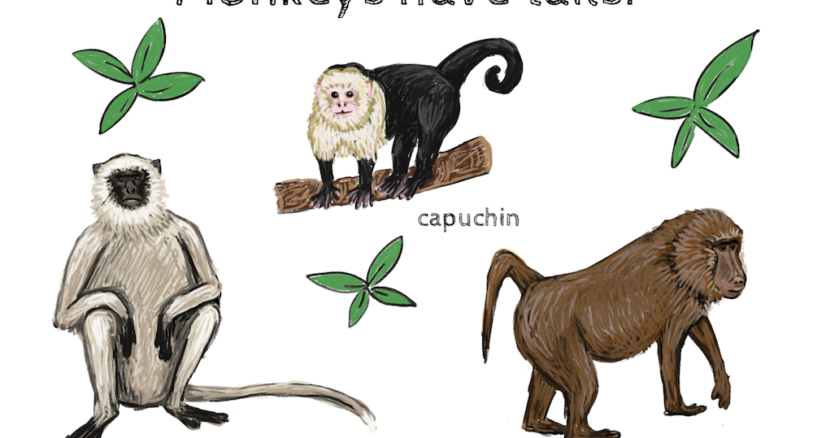This activity is part of the lesson on exploring ecosystems.

Sea nettle, a type of jellyfish.
Students will engage in sorting biotic and abiotic things. They will also classify the animals (vertebrate, invertebrate) and plants within a particular ecosystem.
Purpose: To build awareness and understanding about the differences between biotic and abiotic things. To co-construct knowledge collaboratively on how particular components within an ecosystem are classified.
Materials: Large poster board, Sort and Classify Biotic & Abiotic worksheet (pdf), abiotic things (rocks, bag of soil, shells, piece of wood, plastic, etc.), biotic things (flower, plant, pictures of animals, etc.), Ecosystem sort model (pdf), Ecosystem template (pdf), Earth cards, Ecosystem cards, markers, pencils, hole-puncher, yarn, and tape.
Common Core Standards:
Speaking & Listening:
Comprehension and Collaboration:
CCSS.ELA-Literacy.SL.3.1 (third), 4.1 (fourth), and 5.1 (fifth) Engage effectively in a range of collaborative discussions (one-on-one) in groups, and teacher-led) with diverse partners on grade 3-5 topics and texts, building on others’ ideas and expressing their own clearly.
CCSS.ELA-Literacy.SL.3.1c (third) Ask questions to check understanding of information presented, stay on topic, and link their comments to the remarks of others.
CCSS.ELA-Literacy.SL.4.1c (fourth) Pose and respond to specific questions to clarify or follow up on information, and make comments that contribute to the discussion and link to the remarks of others.
CCSS.ELA-Literacy.SL.5.1c (fifth) Pose and respond to specific questions by making comments that contribute to the discussion and elaborate on the remarks of others.
CCSS.ELA-Literacy.SL.3.1d (third) Explain their own ideas and understanding in light of the discussion.
CCSS.ELA-Literacy.SL.4.1d (fourth) Review the key ideas expressed and explain their own ideas and understanding in light of the discussion.
CCSS.ELA-Literacy.SL.5.1d (fifth) Review the key ideas expressed and draw conclusions in light of information and knowledge gained from the discussions.
Next Generation Science Standards (NGSS):
NGSS Science and Engineering Practices:
Asking Questions and Defining Problems:
Asking questions and defining problems in 3-5 builds on K-2 experiences and progresses to specifying qualitative relationships.
Developing and Using Models:
Develop a diagram or simple physical prototype to convey a proposed object, tool, or process.
Procedure:
• First, get large poster boards or use whiteboards to copy the Sort and Classify Biotic & Abiotic (pdf) onto them (put students into groups of 4).
• Provide students with both biotic (flowers, plants, pictures of animals, etc.,) and abiotic things (rock, bag of soil, piece of wood, shell, plastic, yarn, crayon, marble, etc.,) and allow them time to sort them out using a Venn diagram.
• Come back to them and have them explain how and why they sorted the things the way they did. Interesting conversations will arise as students will contemplate how to sort a piece of wood. They may say, “Well, it was alive, part of a plant or tree, but now it’s dead, so where does it belong?” In cases like this, the logical place would be in the center of the Venn diagram.
• Have fun with this sort!
• Second, use the Ecosystem sort model (pdf) as a guide for your ecosystem. Your class may have chosen the ocean or rainforest to explore. You can use the Ecosystem template (pdf) for your chosen ecosystem.
• Use a poster board to write and copy the Ecosystem template (pdf) onto the board. Use Earth cards and/or Ecosystem cards (see pdf for an example) to place particular plants and animals in their correct categories.
• These posters become beautiful works of art. You can hang them in your room, but make sure you use a sturdy string, as they tend to get quite heavy due to the weight of the cards.
Note: These colorful posters can be showcased in the classroom during Open House, Back to School Night, Parent Conference Week, etc. Parents love to see what their children are learning and students love to share what they have learned with their parents.
References:
www.earth-cards.com (Note: as of Feb 2021, this link is currently not valid)





